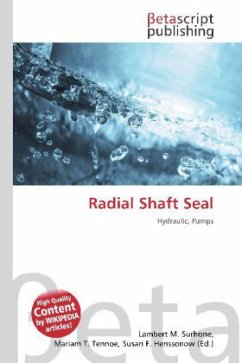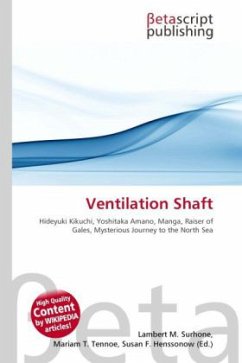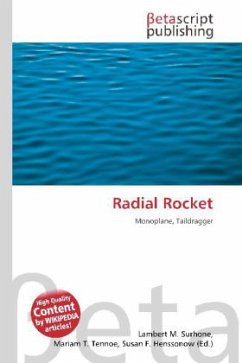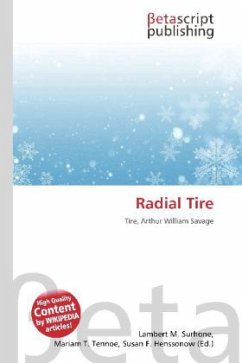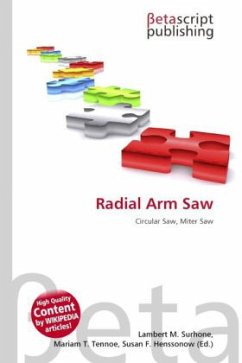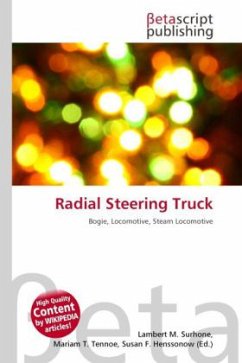Please note that the content of this book primarily consists of articles available from Wikipedia or other free sources online. Radial shaft seals are used to seal rotary elements, such as a shaft or rotating bore. Common examples include strut seals, hydraulic pumps seals, axle seals, power steering seals, and valve stem seals. Early radial shaft seals utilized rawhide as the sealing element, and many elastomeric seal companies today once were tanneries. The advent of modern elastomers replaced rawhide, industry also added a garter spring which helps the sealing lip compensate for lip wear and elastomer material changes. The seal construction will consist of a sprung main sealing lip which has a point contact with the shaft. The point contact is formed by two angles, with the air side angle usually less than the oil side angle. Depending on the seal type these two angles are varied to create a pressure distribution at the seal contact point which has a steeper slope on the oil side of the seal. The shallower the slope on the oil side of the seal the wetter the seal will run. The spring is positioned such that axially the centerline of the spring is biased to the air side of the lip contact point.
Bitte wählen Sie Ihr Anliegen aus.
Rechnungen
Retourenschein anfordern
Bestellstatus
Storno

